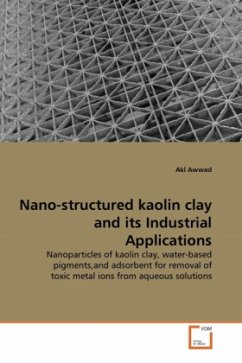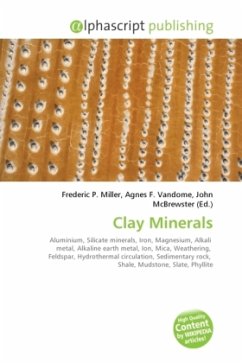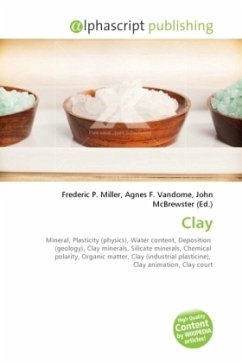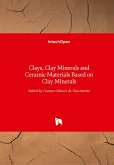A method of treating a kaolin particulate material to improve its properties by removal of impurity particles thereform, to improve the brightness, and whiteness and other properties. Method of treating raw kaolin clay for preparing nanoparticles of kaolin clay to replace titanium dioxide in water based coatings, and for use as an adsorbent for the removal of toxic heavy metal ions such as lead, zinc, cadmium, cobalt, copper, and chromium ions from aqueous solutions. A method includes: (a) removing colored impurities by treating pulverized kaolin clay with diluted hydrochloric acid, (b) Producing a dispersed aqueous suspension of a kaolin particulate material containing at least 0.1 % by weight based on the dry weight of the kaolin deflocculated by sodium polyphosphate (c) Dispersed aqueous suspension may have a solids content kaolin particles of 20 30 % by weight and this suspension is subjected to evaporation to have a solids content of 70-75%, and (d) producing nanoparticles of kaolin clay by dispersing in water-ethanol mixture.








